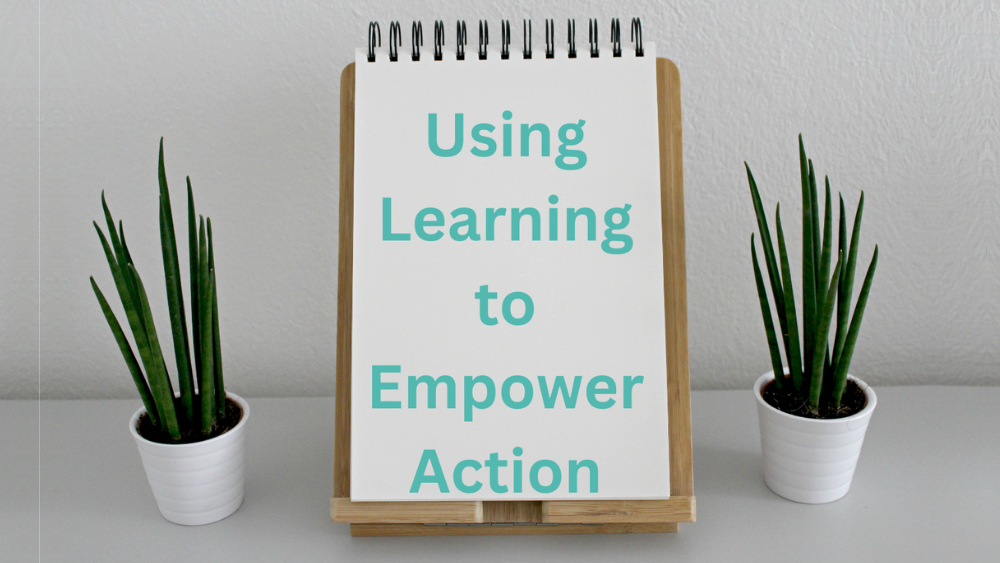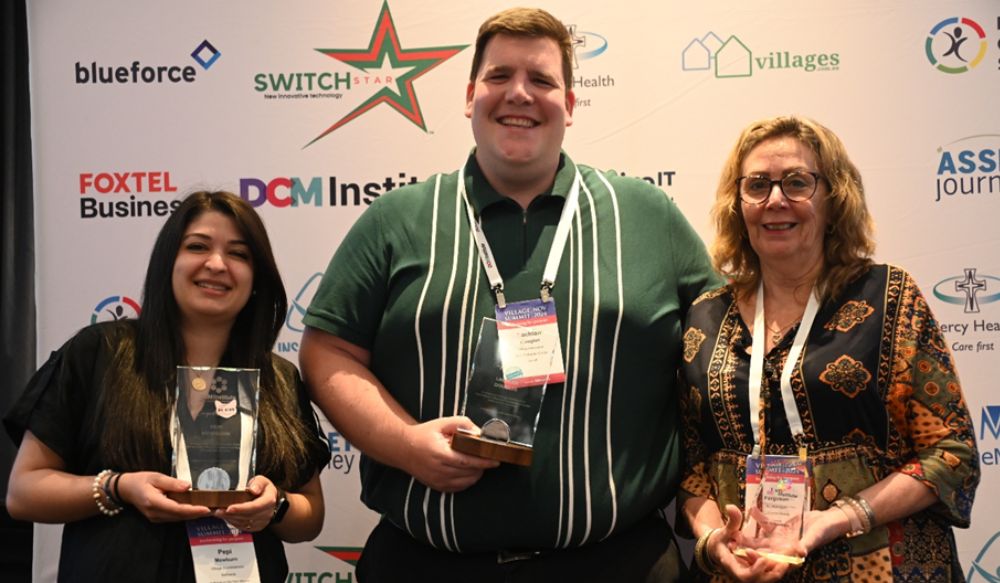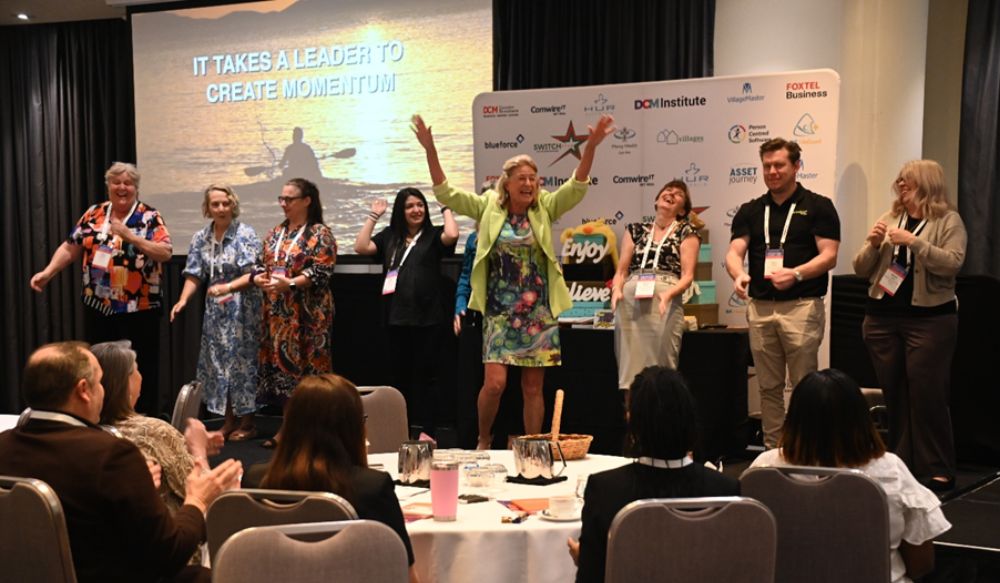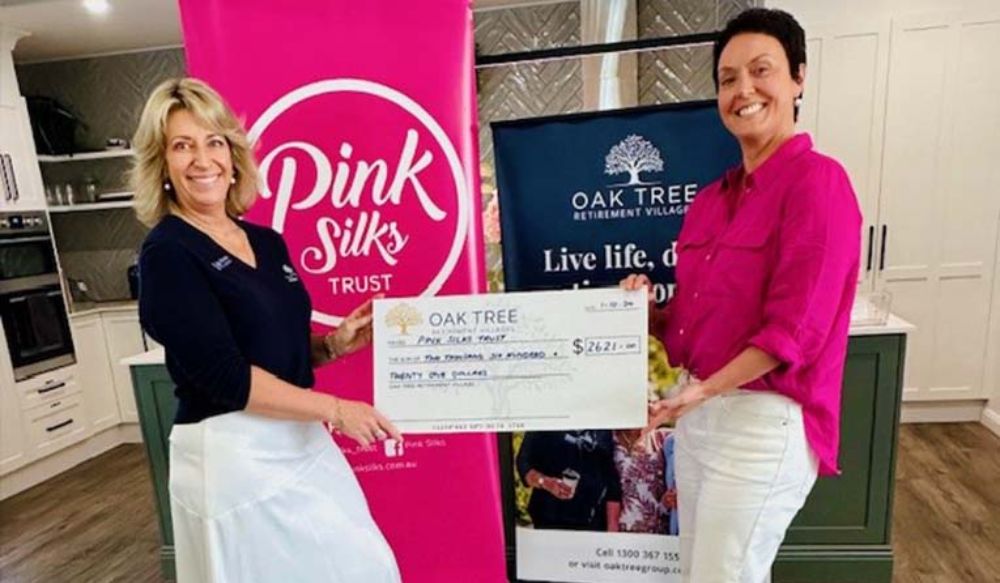
From Learning to Action
- Categories Key things to help you everyday
- Date April 5, 2024
Using Learning to Empower Action
It has been a few weeks now since we concluded our first series of Professional Development Days for 2024.
We looked at Sustainability and Village Budgets, with even the most seasoned Village Professionals telling us they walked away with something new. This is fantastic and is why these days are important to your development.
Now, lets talk taking important, and making it powerful.
No power on earth can stop an idea whose time has come.
Manmohan Singh
It all begins with a note
Review your notes in your Learning Journal promptly to recall what you wrote and grasp the context. It’s common to jot down something that makes perfect sense at the time, only to find it nonsensical four weeks later upon re-reading.
We have spoken before about the importance of reflection on any key takeaways and insights. It is through reflection that you can start the process of turning notes into action items. As you reflect, expand on the steps you’d need to go through to make an idea a reality. Consider, who are the key stakeholders? What, if any, budget will you need?
Get perspective
If others in your team were present, make the time to reach out to them and compare notes and learnings. Alternatively, this could be an opportunity to reconnect with your peer network, and those you shared a table with.
Find a way to share and discuss with colleagues and sector peers to help narrow your focus and confirm the steps required to turn these learnings into action items.
“You can’t boil the ocean”
This is a saying of a mentor who would use it to make sure any list of action items was achievable, which would take a combination of looking at the impact on the business or your residents, compared with the effort of achieving them.

If an action item is low impact, and takes little effort. It could make no difference in the overall scheme of things. These are action items that could be delegated to someone else.
Alternatively, if something is high impact for low effort, this is ‘low hanging fruit’. Something you should be looking to prioritise on impact value alone.
To begin with, start with the top 3 takeaways and fit them into the above matrix. It will help with prioritising you take away action items so that you don’t find yourself trying to ‘boil the ocean’.
Depending on the insights you want to implement into the village you might encounter some resistance and in March we are releasing a topic on Leading for Change that will assist you on how to handle that.
Handy tip: Talk to your Manager and residents about these action items. Not only will it keep them in the loop about what you’ve taken away from our Professional Development Days, it will also demonstrate the return on their investment in your professional development and create accountability while keep them informed of your progress.
Monitor and Report Back
Once you implement a change it’s not all one and done. It might be a good idea to continue to monitor what you’ve done to assess its ongoing success and effectiveness. Remember to get some feedback from the team and other stakeholders, their feedback could take what you’ve done to a whole new level of success.
Australia's largest professional development for village and community manager and head office staff.
You may also like

More professionals reach great heights at Village Summit

“What a fabulous line up of presenters”

